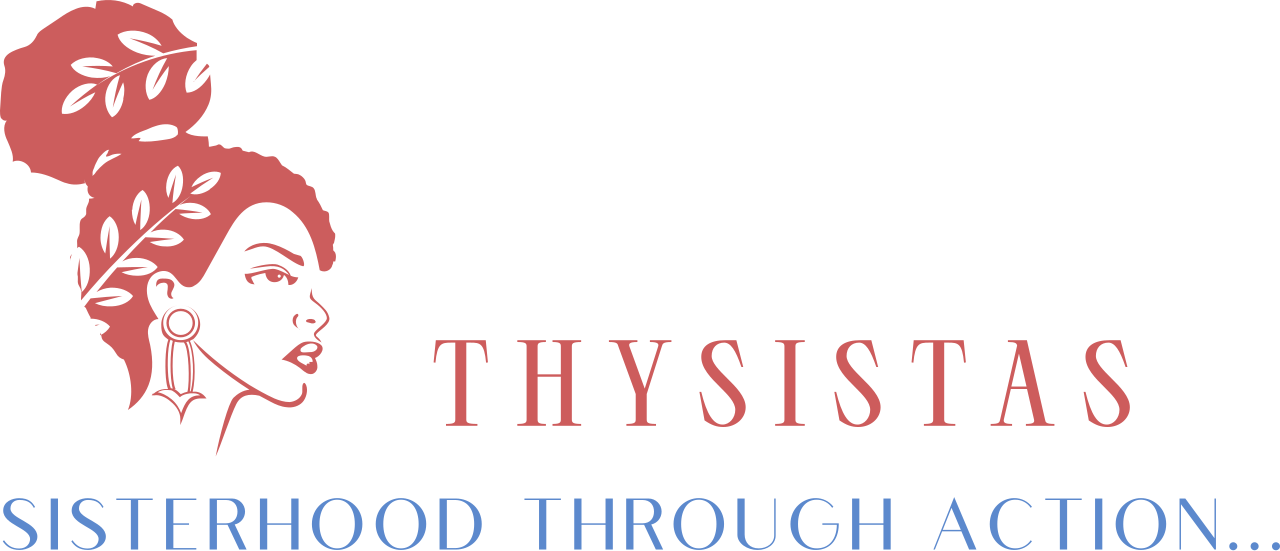(ThySistas.com) Last month I was reading my favorite Essence Magazine, (February 2014-issue) and I came upon a report titled, The Forgotten: Black, Female and Uninsured, that literally left me baffled. I couldn’t wrapped my head around the statistics and how convoluted the whole issue of the Affordable Care Act (ACA) was. The truth is, as a self-proclaimed political junkie, I really have not been paying much attention to anything that has to do with the ACA since its passing. All I know, it was passed in spite of many oppositions from the Republicans in the House. Needless to say, I was appreciative that Essence wrote the article, because finally some light was being shed on the subject. I thought, okay, now we can start the conversation, and find some solutions.
The report focused on two African American women, living under the poverty line, but still were not eligible for Medicaid under Affordable Care Act. One reason being, they live in one of the many (25) states that, “declined to expand their Medicaid programs as a part of the Affordable Care Act.” According to the report these women are not alone; in fact, “Eight millions Americans-largely Black, single working mothers are without health insurance.” Well, so much for, “The Affordable Care Act puts consumers back in charge of their health care.”
“Eight millions Americans-largely Black, single working mothers are without health insurance.” Well, so much for, “The Affordable Care Act puts consumers back in charge of their health care.”










1 Comment